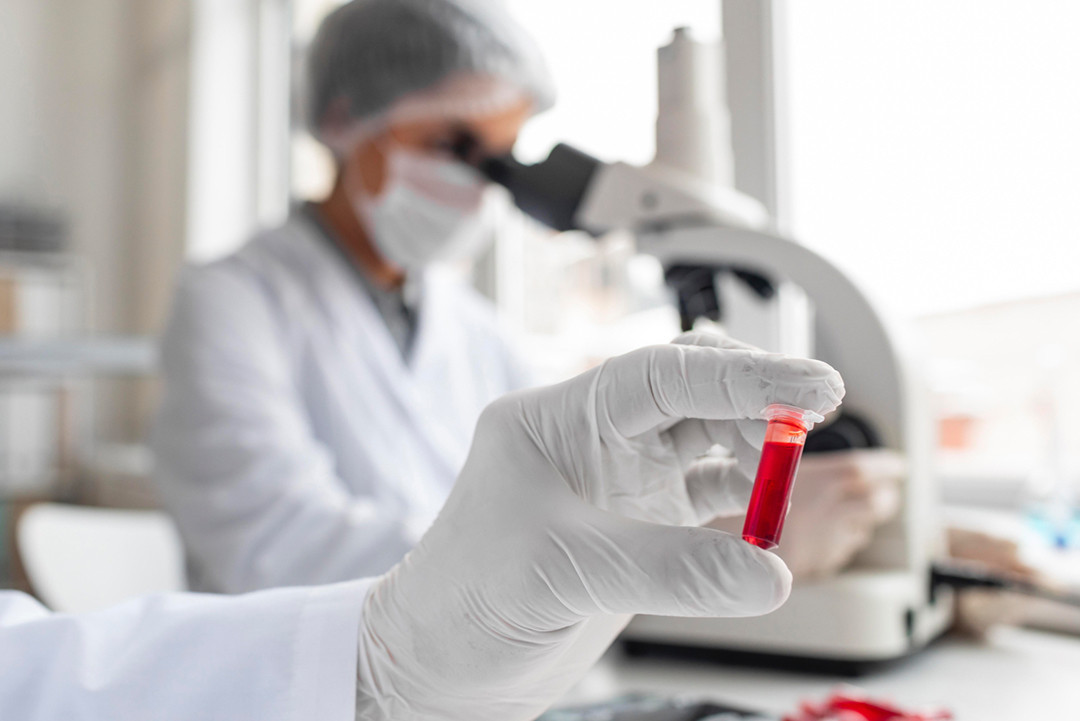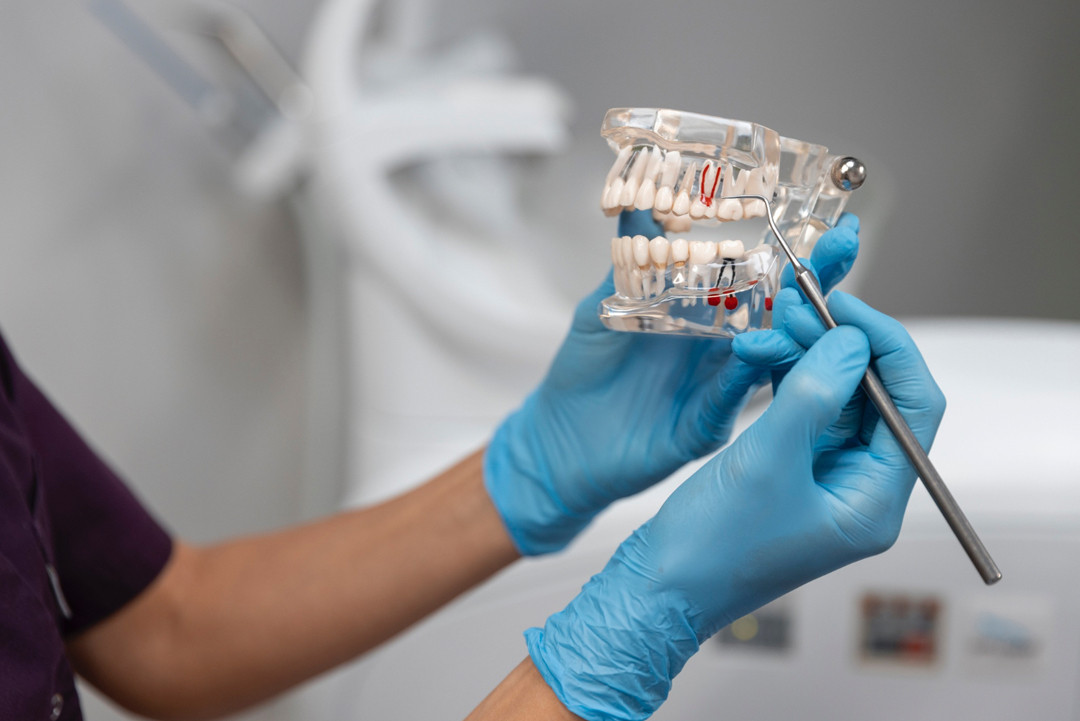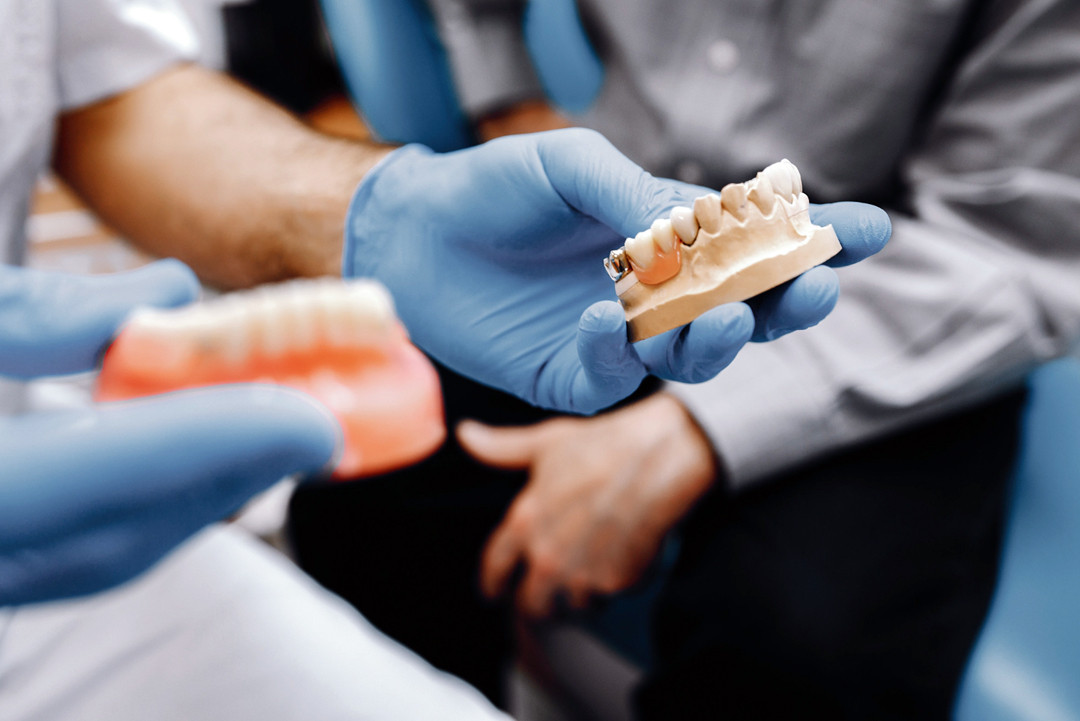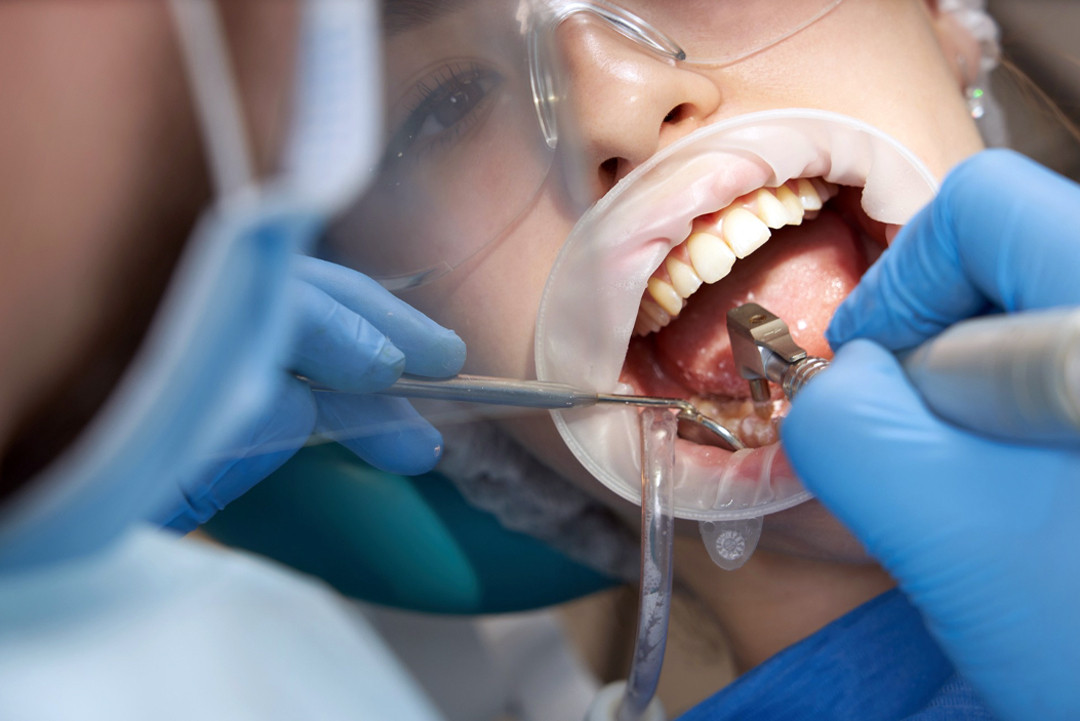Common Hematological Diseases
- Anemia
- A disorder reducing red blood cells’ oxygen-carrying capacity.
- Causes: Nutritional deficiencies (iron, B12), infections, or genetic disorders.
- Common among children and pregnant women.
- Idiopathic Thrombocytopenic Purpura (ITP)
- Characterized by low platelet count, leading to bruising, bleeding gums, and internal bleeding.
- Neutropenia
- Low neutrophil count weakens the immune system, increasing infection risk.
- Causes: Chemotherapy, infections, or autoimmune disorders.
- Sickle Cell Disease
- Abnormally shaped hemoglobin molecules obstruct oxygen flow, causing pain and complications.
- Bone Marrow Failure
- Impaired production of blood cells, leading to deficiencies in red cells, white cells, and platelets.
- Hemophilia
- A rare genetic disorder causing improper blood clotting, leading to excessive bleeding.
- Iron Metabolism Disorders
- Imbalance in iron levels can lead to oxidative stress or deficiency-related complications.
- Thrombosis
- Formation of blood clots in veins or arteries, potentially causing strokes or heart attacks.
Hematologic Cancers
- Leukemia
- Cancer of blood-forming tissues, affecting white blood cells.
- Most common in children under 15 and adults over 55.
- Lymphoma
- Cancer of the lymphatic system, affecting lymph nodes, spleen, or bone marrow.
- Myeloma
- Cancer of plasma cells (a type of white blood cell).
Diagnostic Methods in Hematology
- Complete Blood Count (CBC)
- Evaluates red and white blood cells and platelet counts.
- Activated Partial Thromboplastin Time (APTT)
- Assesses blood clotting efficiency.
- Prothrombin Time (PT)
- Measures the time taken for blood to clot.
- Fibrinogen Test
- Evaluates fibrinogen protein levels for clot formation.
- Bone Marrow Biopsy
- Examines bone marrow for abnormalities.
Treatment Options for Hematological Diseases
- Chemotherapy
- Targets and kills fast-growing cancer cells using specialized drugs.
- Radiation Therapy
- Uses controlled doses of radiation to shrink tumors or kill cancer cells.
- Stem Cell Transplant
- Restores healthy stem cells destroyed during aggressive cancer treatments.
- Immunotherapy
- Boosts the immune system to fight cancer cells.
- Intraoperative Radiation Therapy (IORT)
- Administers radiation during surgery, targeting cancer cells while sparing healthy tissues.
- PARP Inhibitors
- Oral medications targeting cancer cells through synthetic lethality.
When to See a Hematologist
Seek consultation if you experience:
- Persistent fatigue or weakness.
- Unexplained bruising or prolonged bleeding.
- Frequent infections or poor wound healing.
- Abnormal blood test results.
Hematologists collaborate with oncologists, surgeons, and other specialists to provide comprehensive care tailored to each patient’s condition, improving outcomes and quality of life.


















